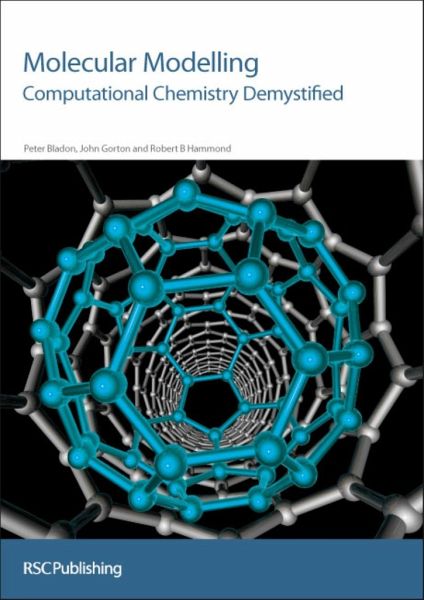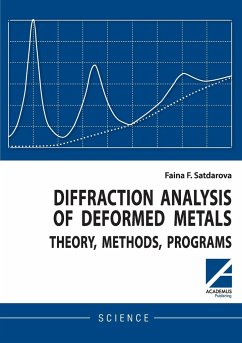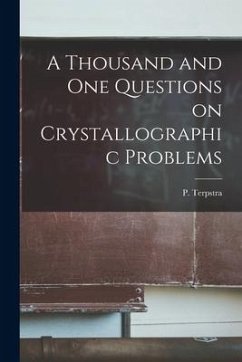
Molecular Modelling
Computational Chemistry Demystified

PAYBACK Punkte
45 °P sammeln!
This book is a practical, easy to use guide for readers with limited experience of molecular modelling. It will provide students at the undergraduate and early postgraduate chemistry level with a similar entry to modelling. The needs of independent readers are catered for by the inclusion of instructions for acquiring and setting up a suitable computer. Unlike many other textbooks in this field, the authors avoid extensive discussion around complex mathematical foundations behind the methods, choosing instead to provide the reader with the choice of methods themselves. To further these aims of...
This book is a practical, easy to use guide for readers with limited experience of molecular modelling. It will provide students at the undergraduate and early postgraduate chemistry level with a similar entry to modelling. The needs of independent readers are catered for by the inclusion of instructions for acquiring and setting up a suitable computer. Unlike many other textbooks in this field, the authors avoid extensive discussion around complex mathematical foundations behind the methods, choosing instead to provide the reader with the choice of methods themselves. To further these aims of the book, compact discs are included that provide a comprehensive suite of modelling software and datasets. The continuing interest of the pharmaceutical industry in molecular modelling in early stage drug design is recognized by the inclusion of chapters Medicinal Chemistry and Drug Discovery. There is a chapter on modelling of the solid state, a subject that is also of importance for pharma, where problems due to polymorphism in the crystalline forms of drugs are often encountered in the later design stages.






![Crystals [microform] Cover Crystals [microform]](https://bilder.buecher.de/produkte/65/65585/65585233n.jpg)






